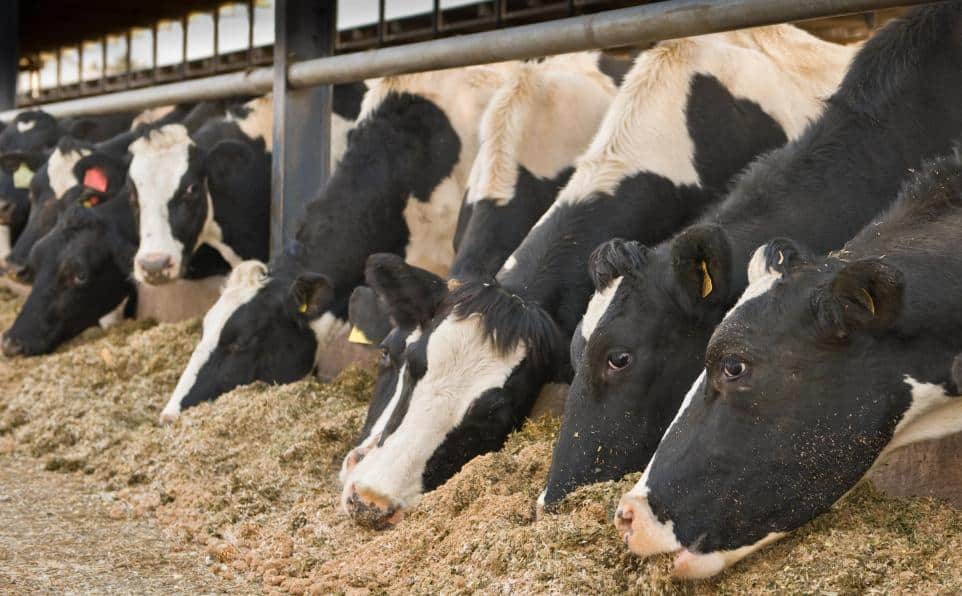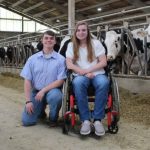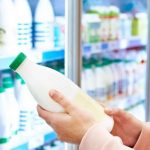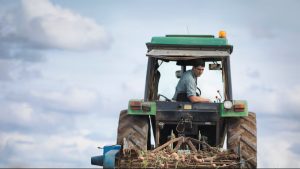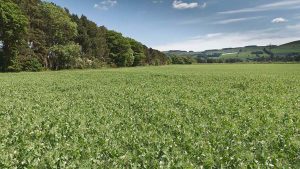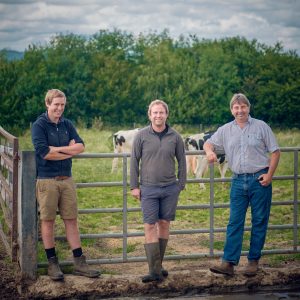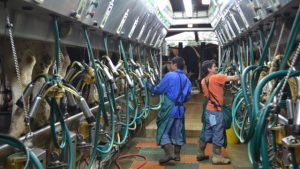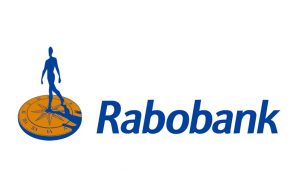
According to Kingshay’s costing report from December 2022, the amount of milk produced from forage averages just 2900litres nationally, however the best farms are achieving as much as 5300litres
David Howard, head of dairy at Wynnstay, says there is huge scope to reduce the amount of purchased feed and increase the amount of milk produced from the green stuff by producing better quality forages.
“Every 1000 litres of milk from forage equates to approximately 460kg of concentrate feed, and so by increasing homegrown forage quality, you can make some significant savings on total feed costs,” says Mr Howard.
He said that the target digestibility value for forage is >70, yet of the 1228 forage samples Wynnstay carried out analyses on, more than two-thirds were less than 70 digestibility value, with 12% less than 60.
“Forage quality is essential to drive feed efficiency,” says Mr Howard.
He believes this is becoming more important with many milk processors now offering milk producers incentives to reduce soya and improve total feed efficiency, which is driven by the quality of forage.
“We are launching Forage4Profit, which is a four-point programme to help farmers improve each stage of forage production from field to feed out. It covers everything from soil health through to seed selection, crop preservation and ration formulation.”
1. Soil health
Making good-quality forage starts with having balanced soils.
About 80% of soil samples carried out by Wynnstay are of incorrect pH. Mr Howard says soil health is a limiting factor and will reduce crop growth and quality.
“Producers should carry out regular soil samples and, if there are any imbalances, they should be corrected. It is also important to identify areas of compaction and aerate soils, as well as creating bespoke fertiliser plans tailored to individual nutrient requirements.”
2. Seed selection
Seed selection should be specific to each farm and will depend on soil type, rainfall and how much forage is required alongside quality targets.
“Remember when a seed is planted in the ground on a dairy farm, the end-product is not necessarily a crop – it’s a litre of milk. Milk is the saleable commodity and so seed selection must be linked to what the farmer is trying to produce.
“I would recommend reseeding regularly, especially under-performing leys, and work with a grass seed specialist. Multi-species leys and crops tend to work well because they are high in protein such as red clover and lucerne.”
3. Crop preservation
This is often a stumbling block because of the UK’s variable weather conditions.
Mr Howard says that once grass is cut that plant is losing energy (sugars) up until it is clamped. Grass should be cut, immediately tedded, wilted, and picked up within the shortest possible time.
“As a starting point, work out the crop’s nutrient requirements and apply slurry and nitrogen fertiliser accordingly. It is also important to ensile the crop quickly to reduce dry matter losses and use an effective inoculant to rapidly drop the pH and reduces losses.”
4. Balance the ration
“The complete diet is only as good as the forage foundation with tye best results achieved with high-quality forage and balanced concentrates.”
Mr Howard says improving the quality of home-grown forage can also help to reduce farms’ environmental footprint.
For more detail on Forage4Profit go to https://www.wynnstay.co.uk/forage-for-profit
